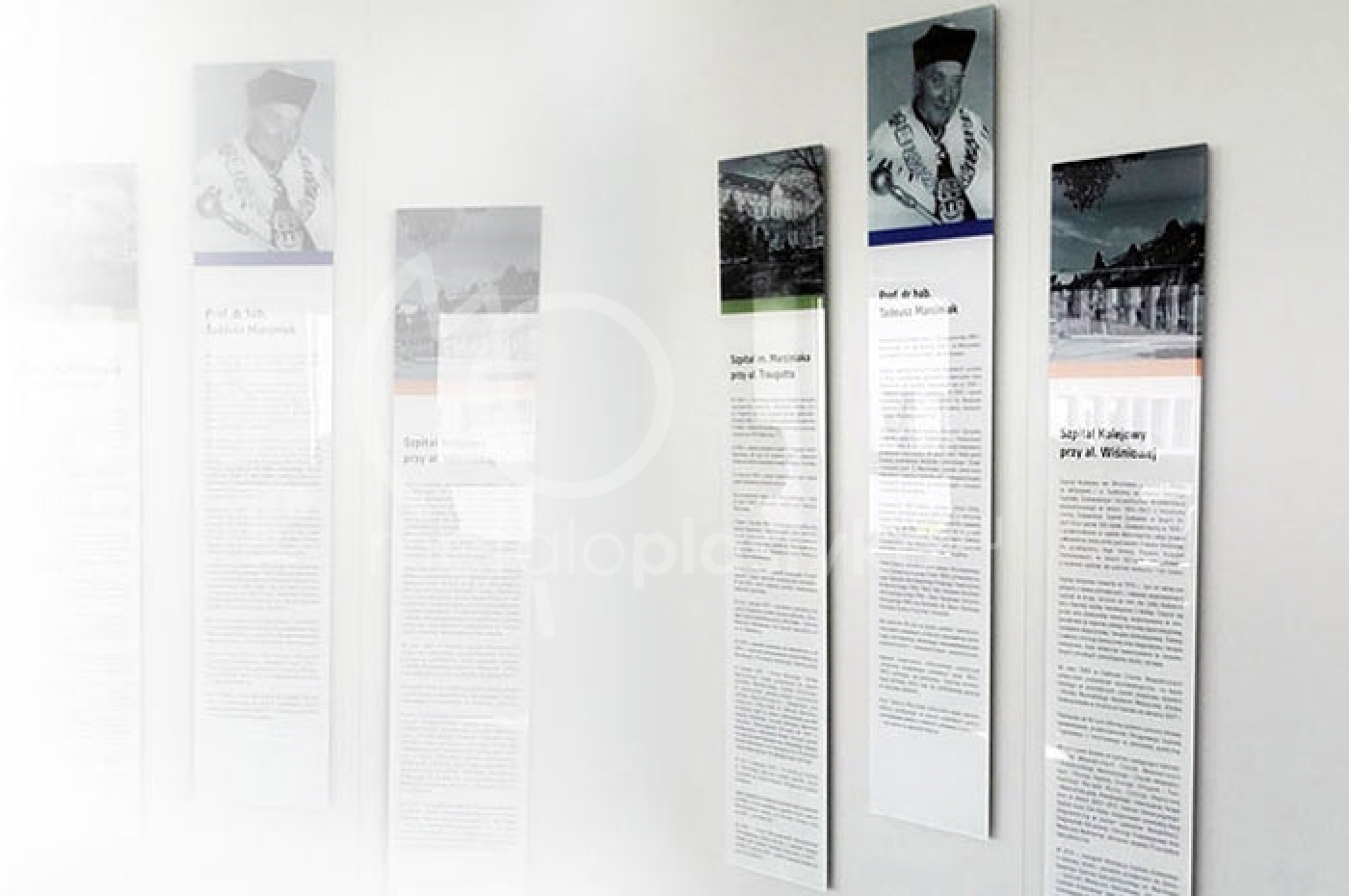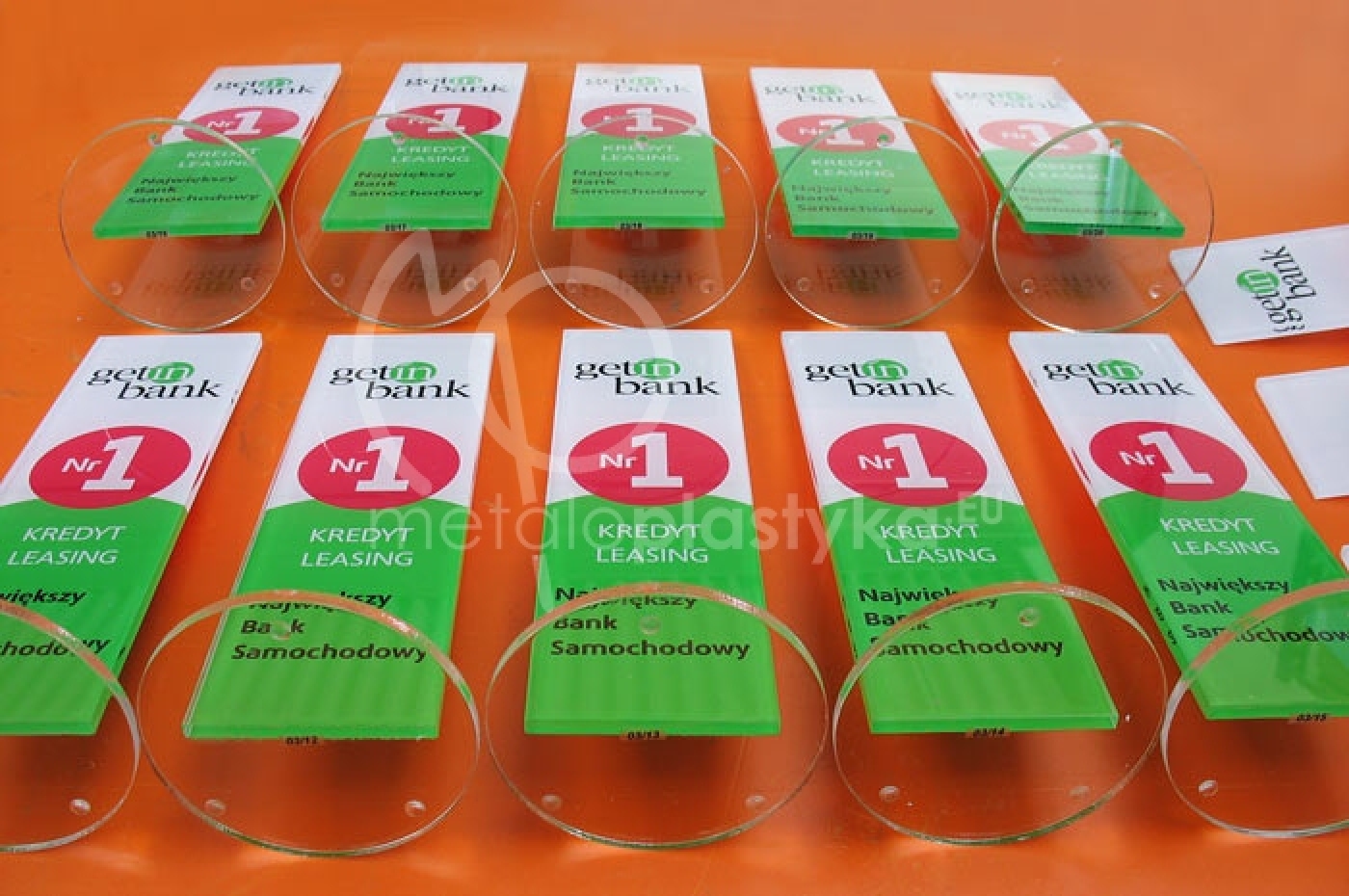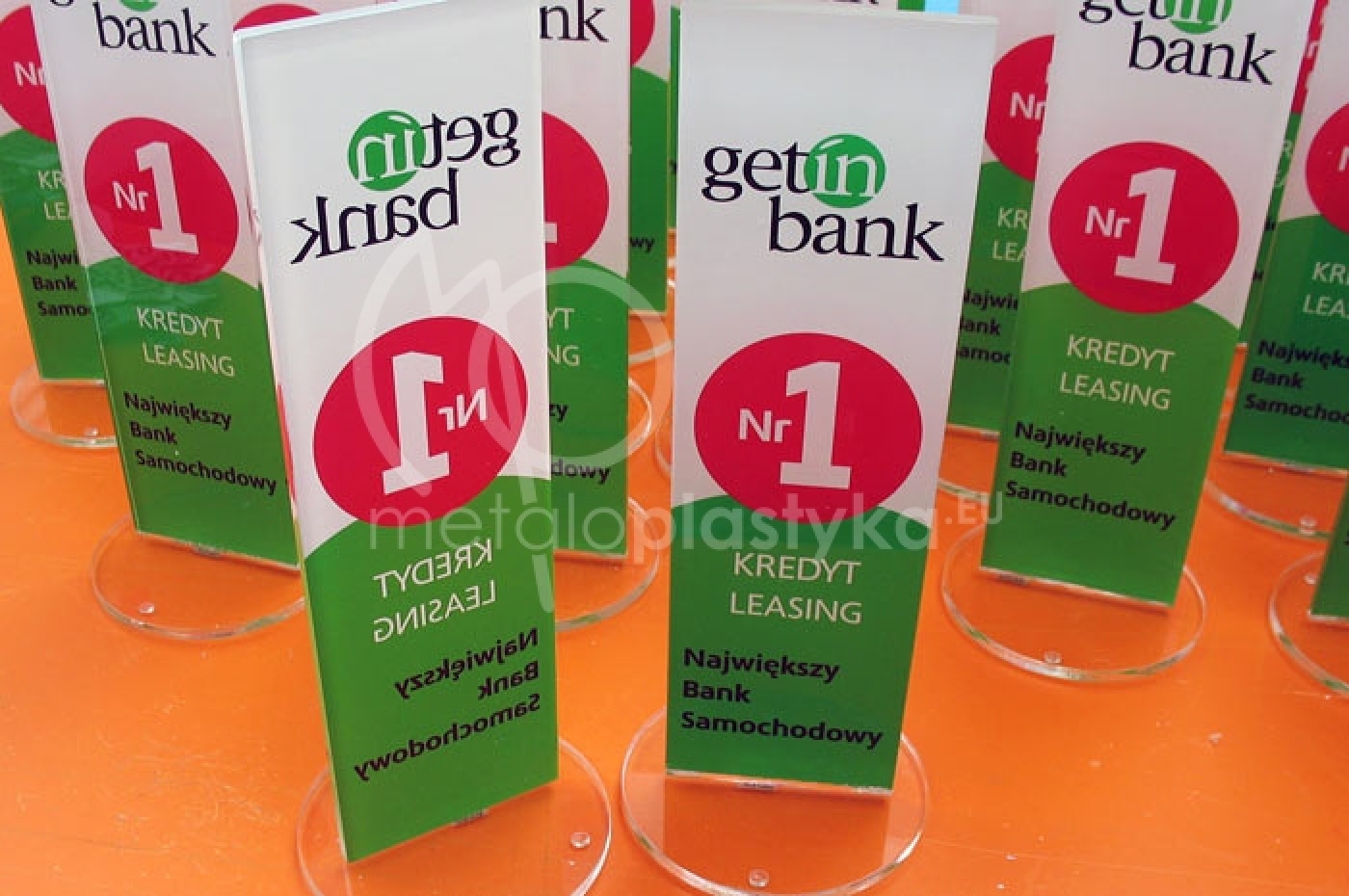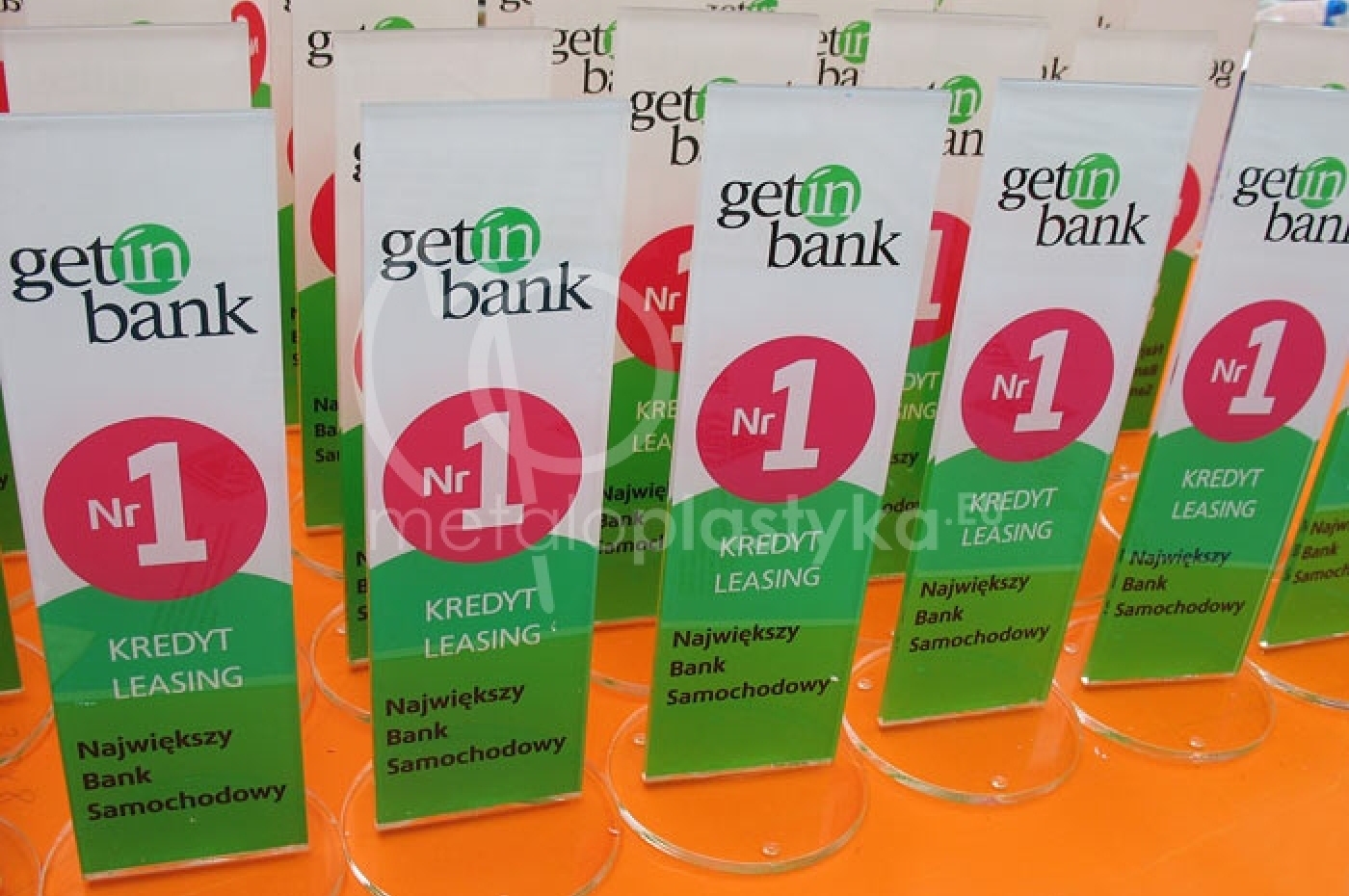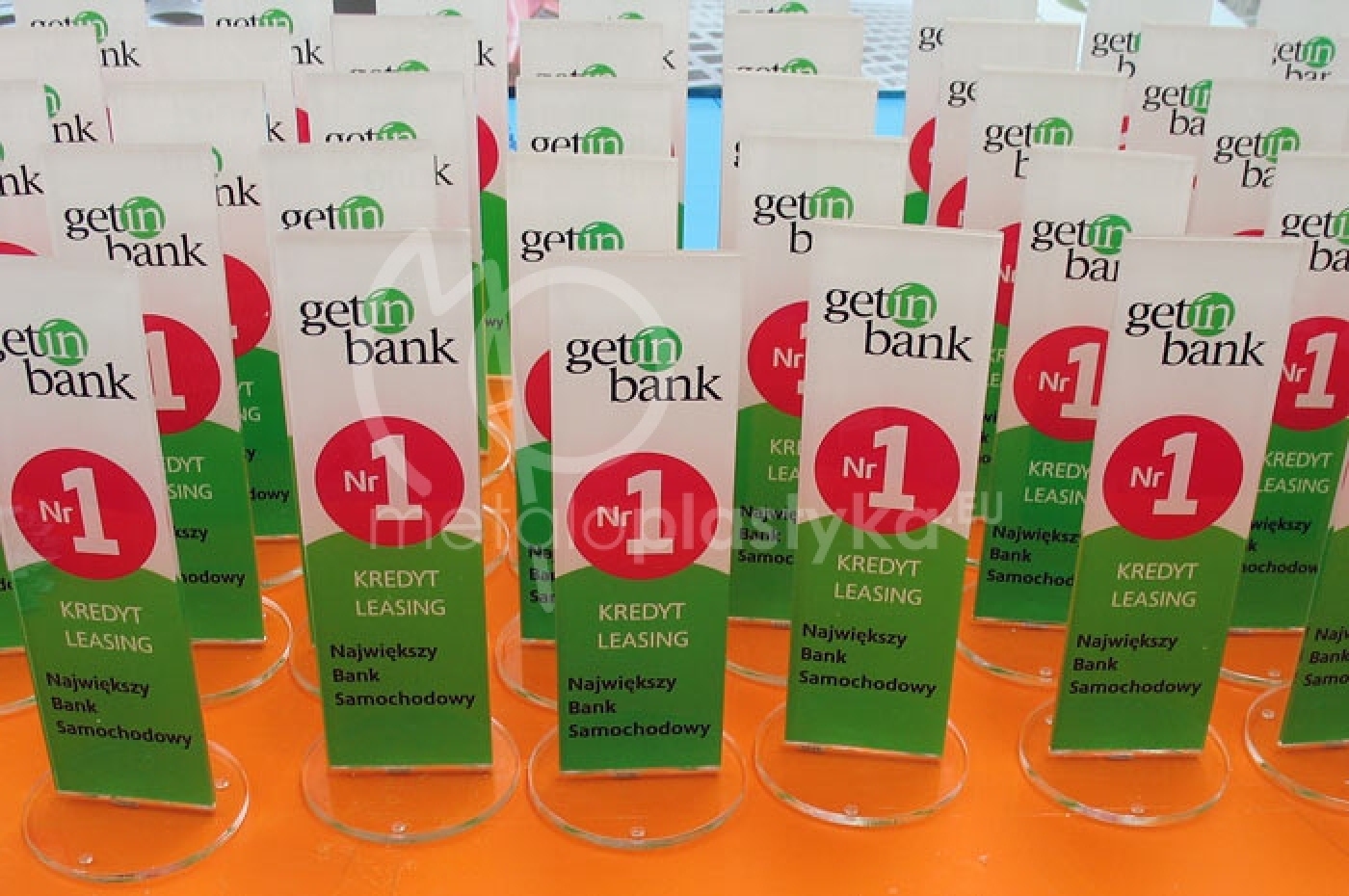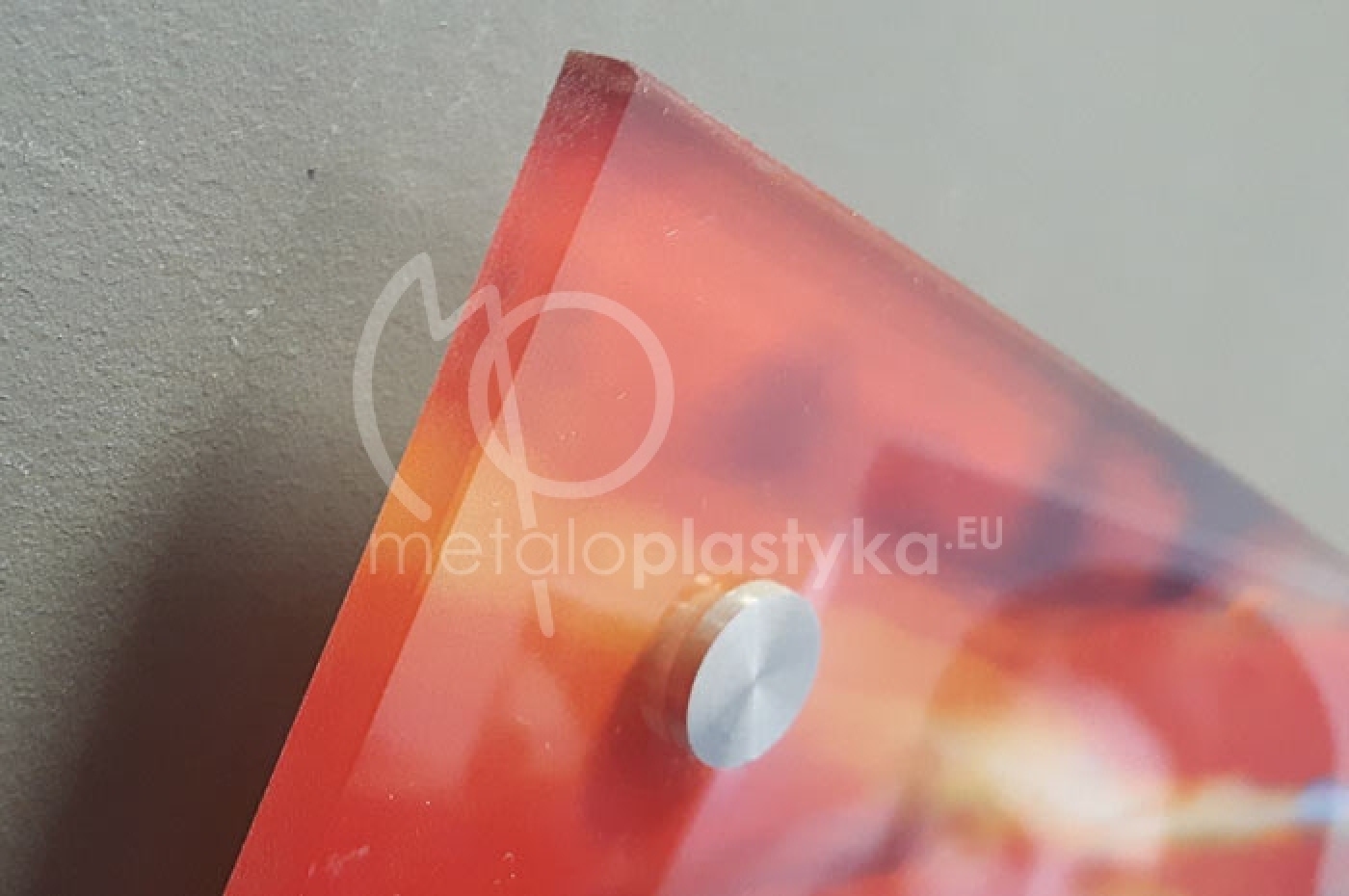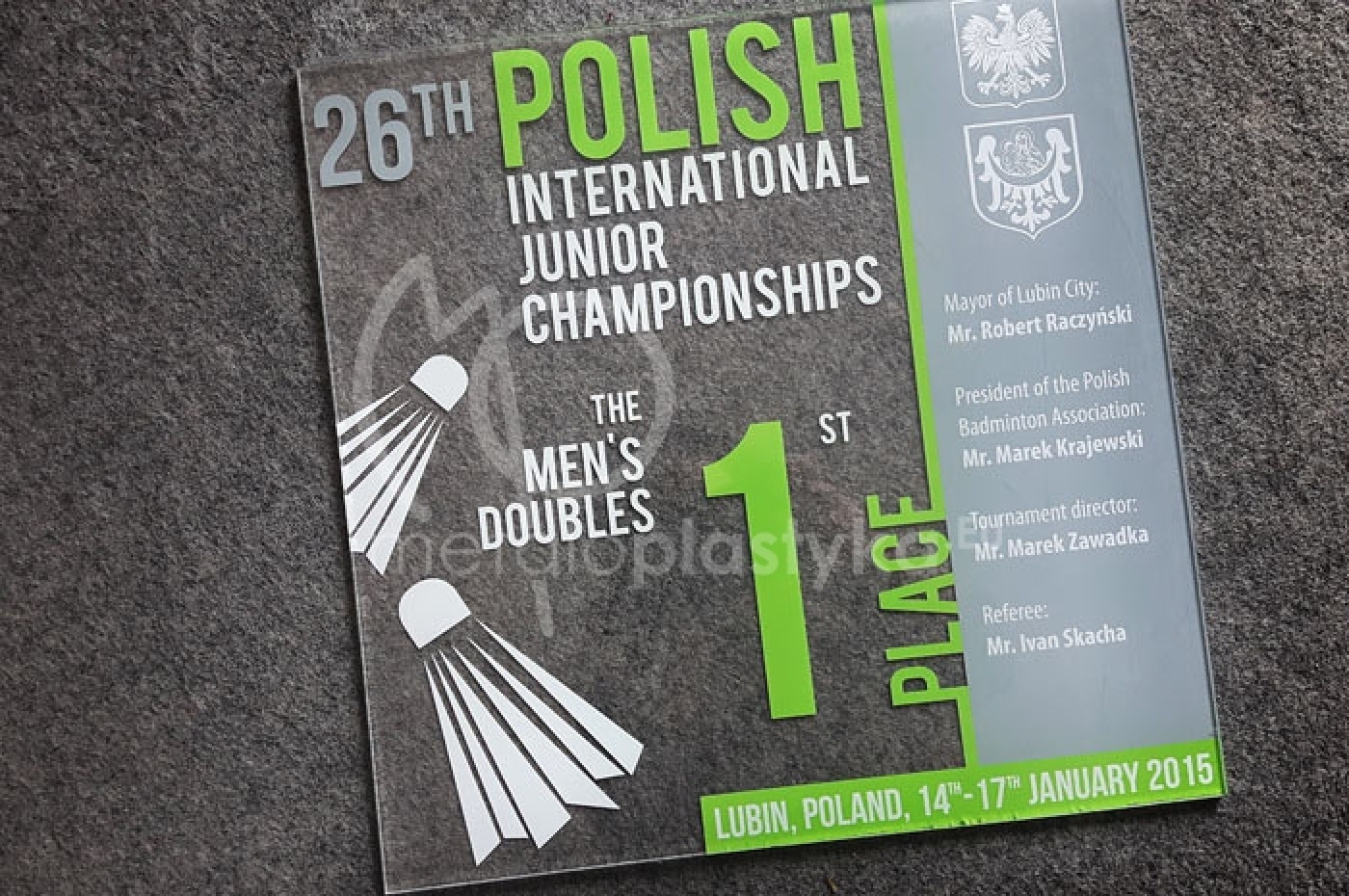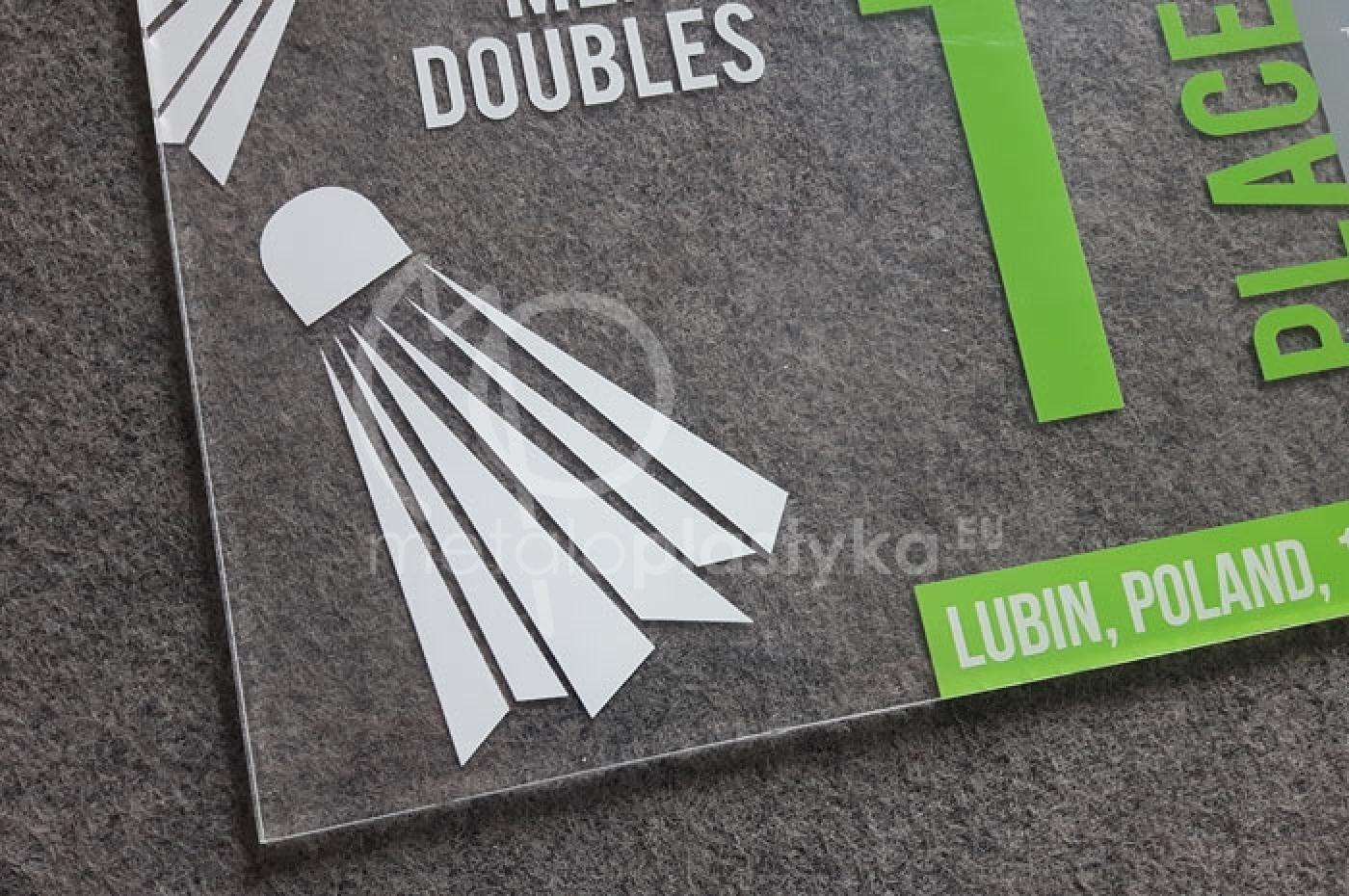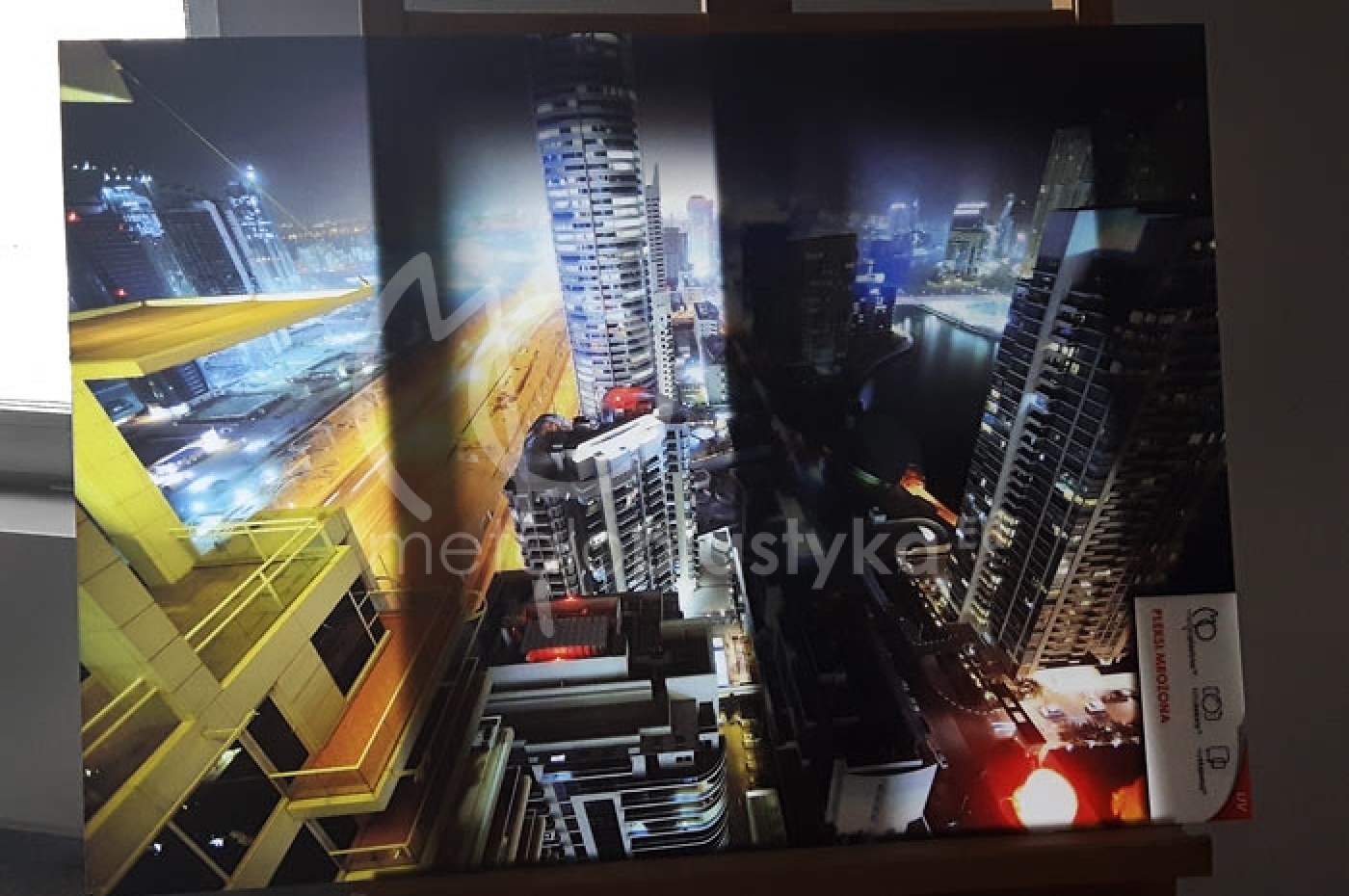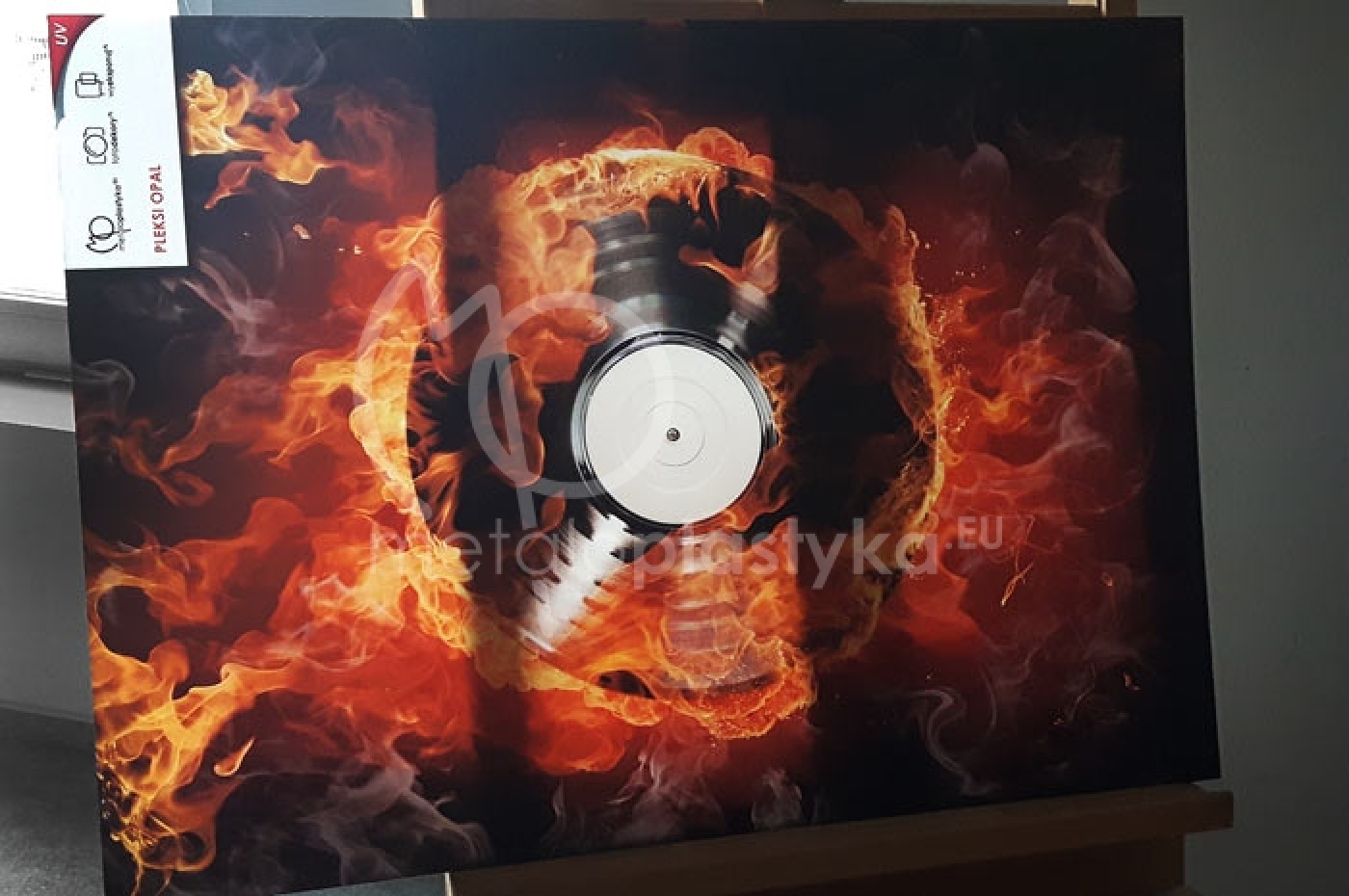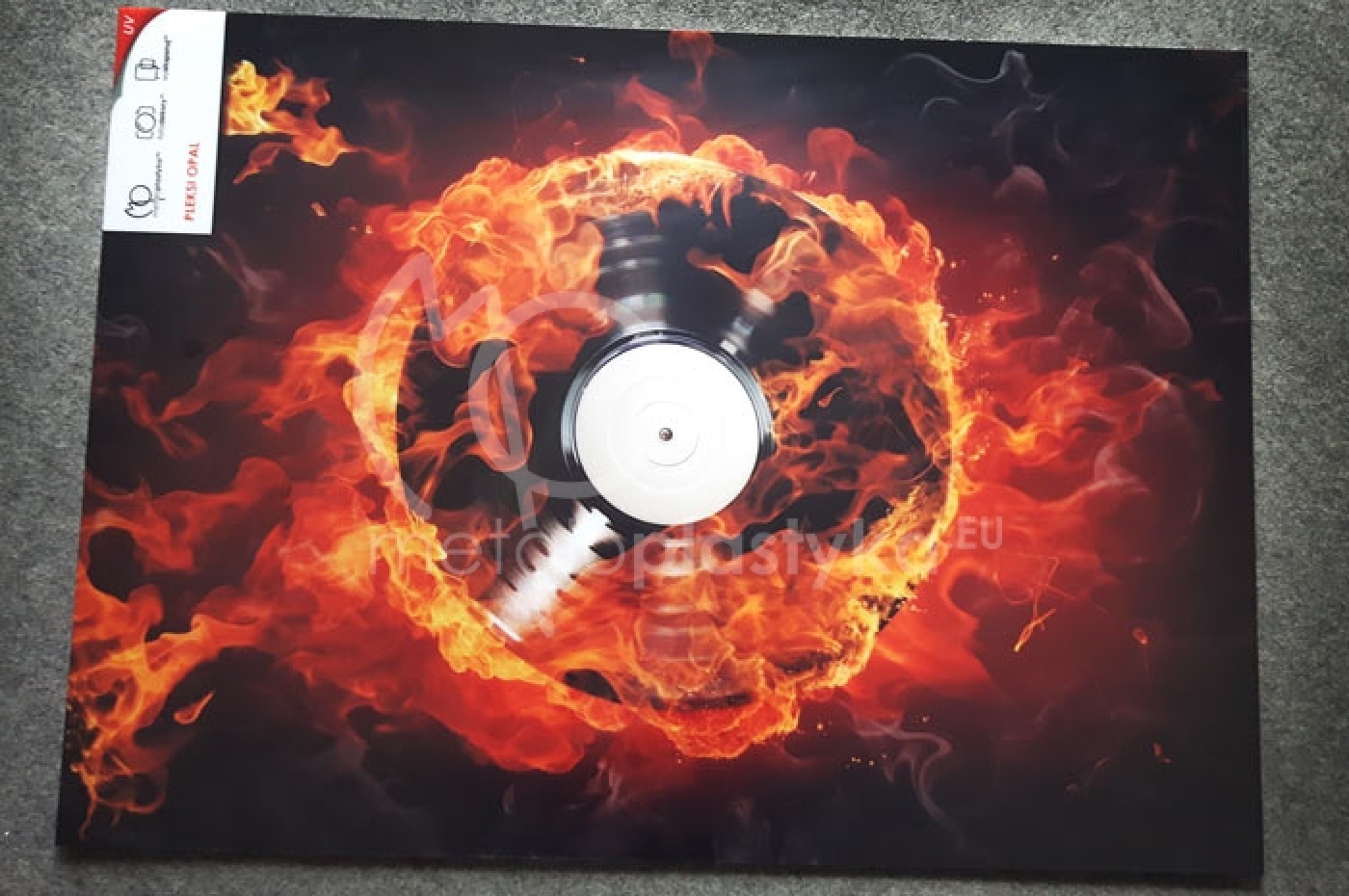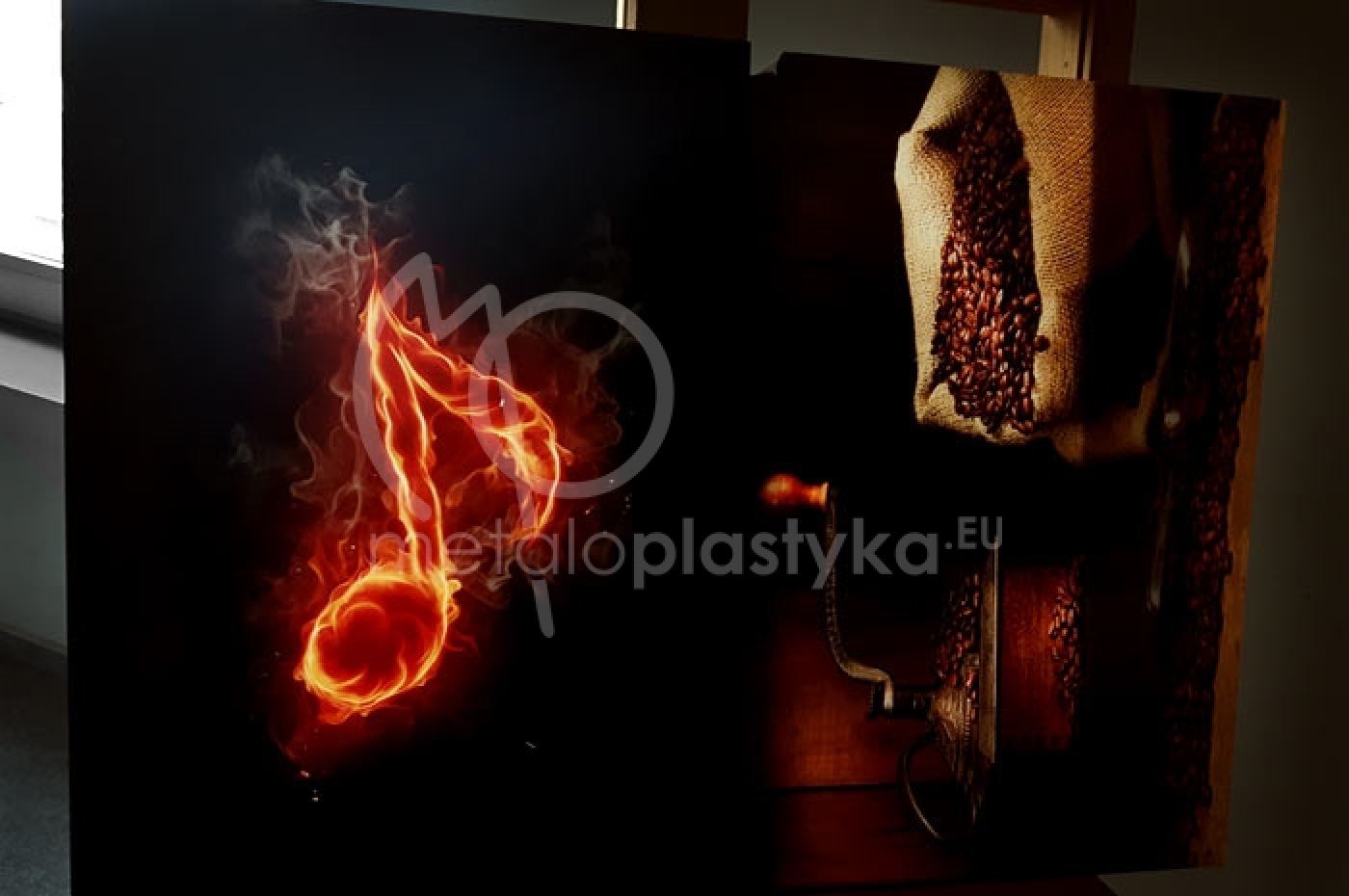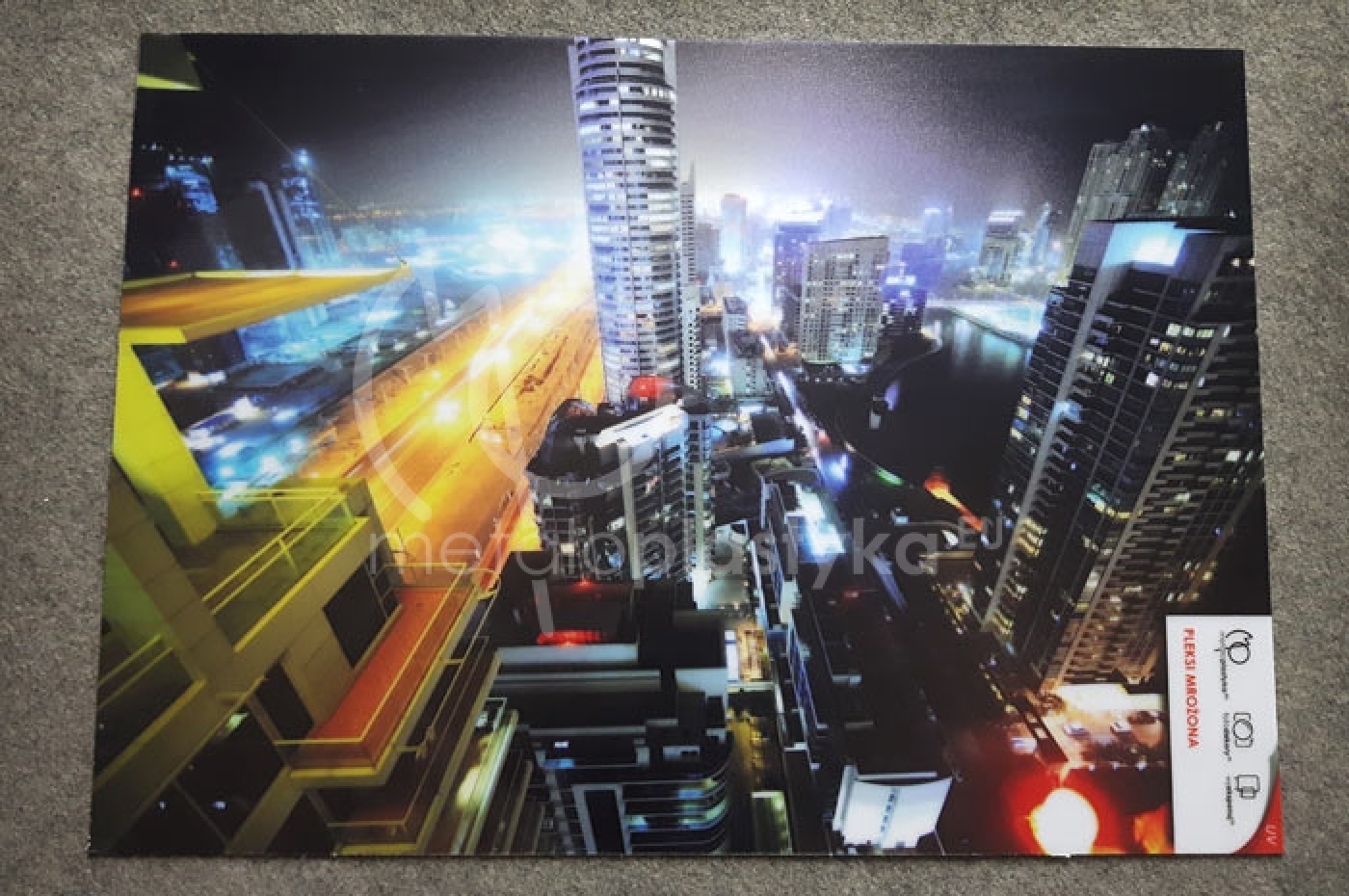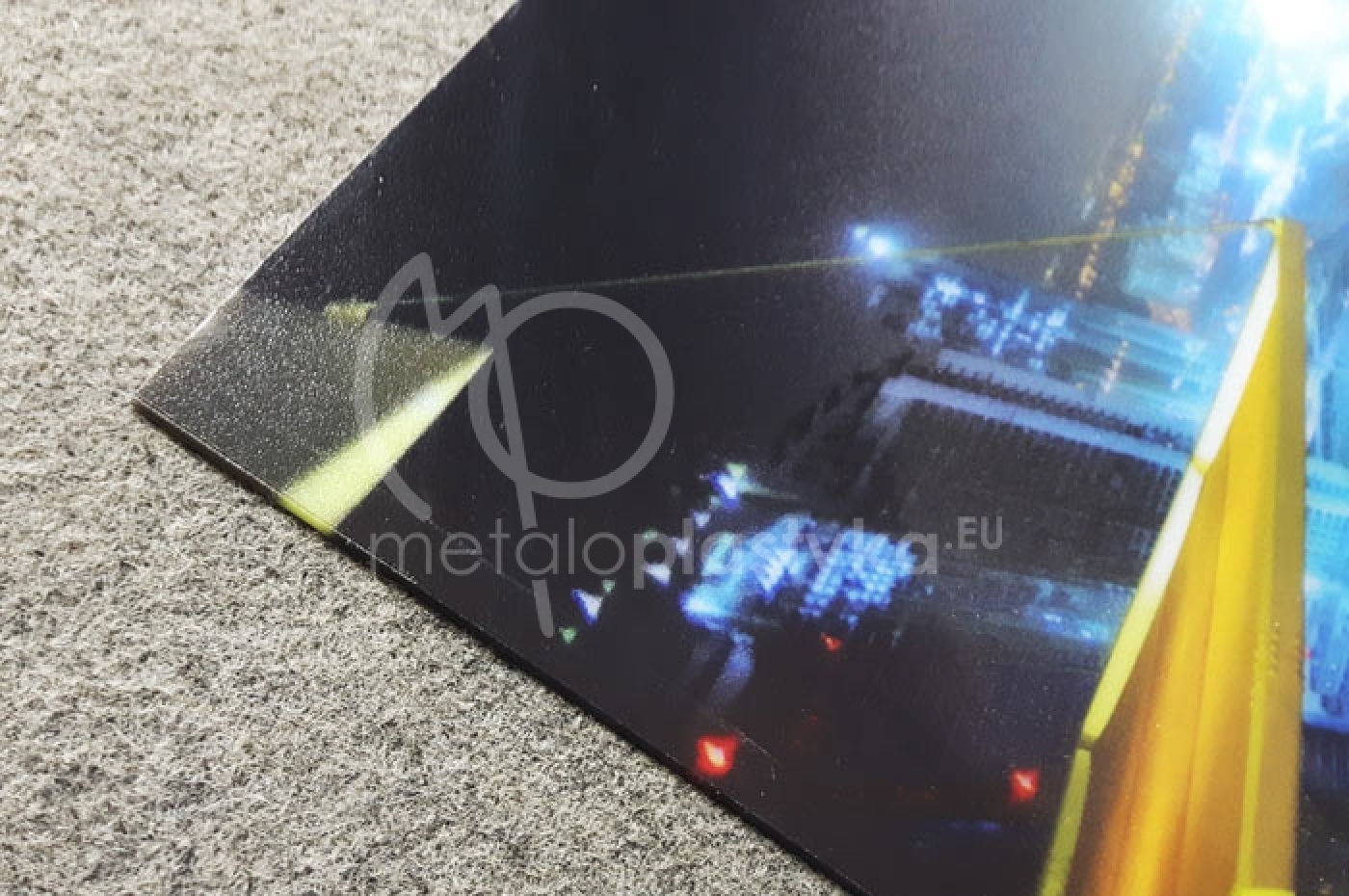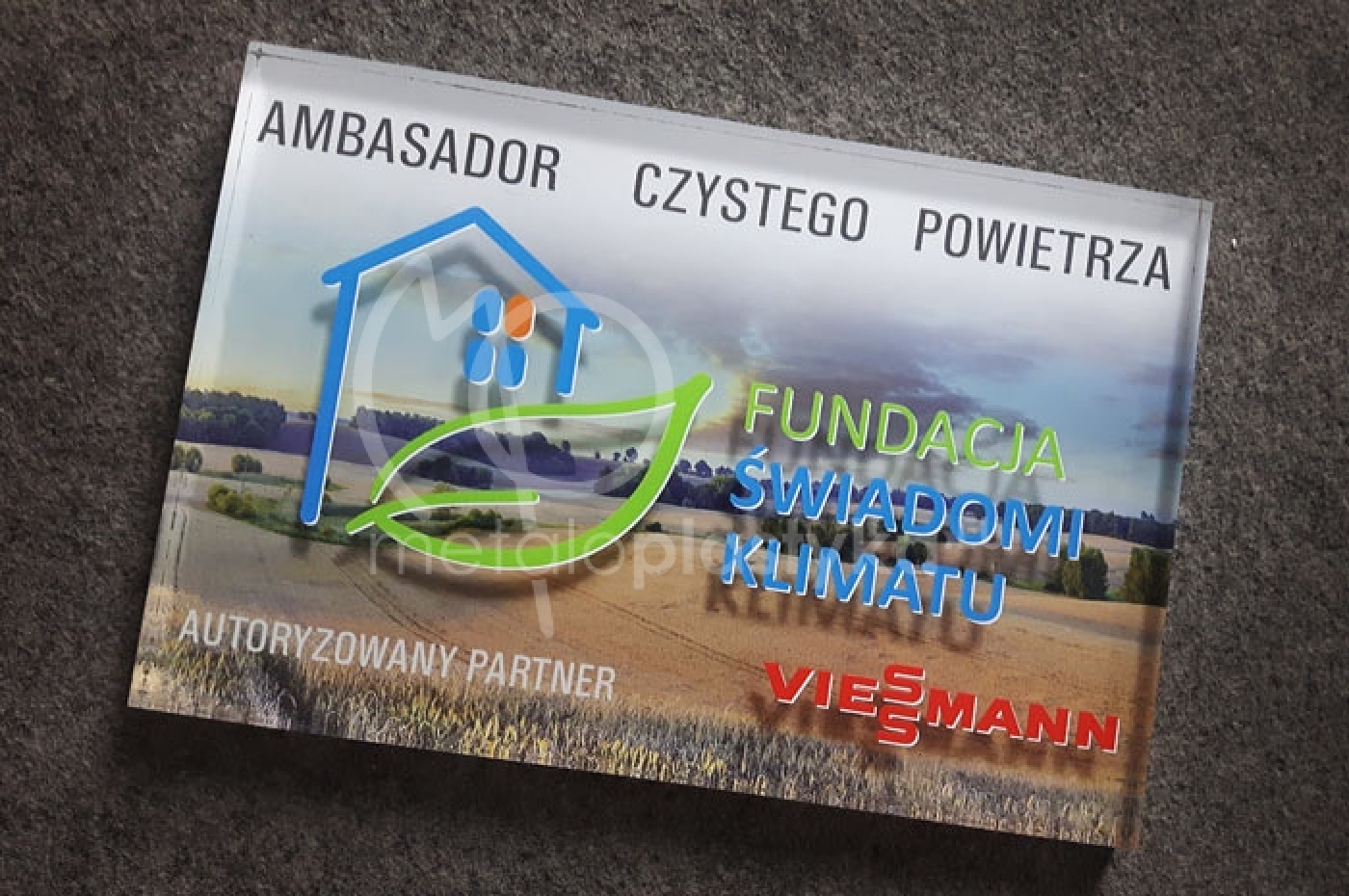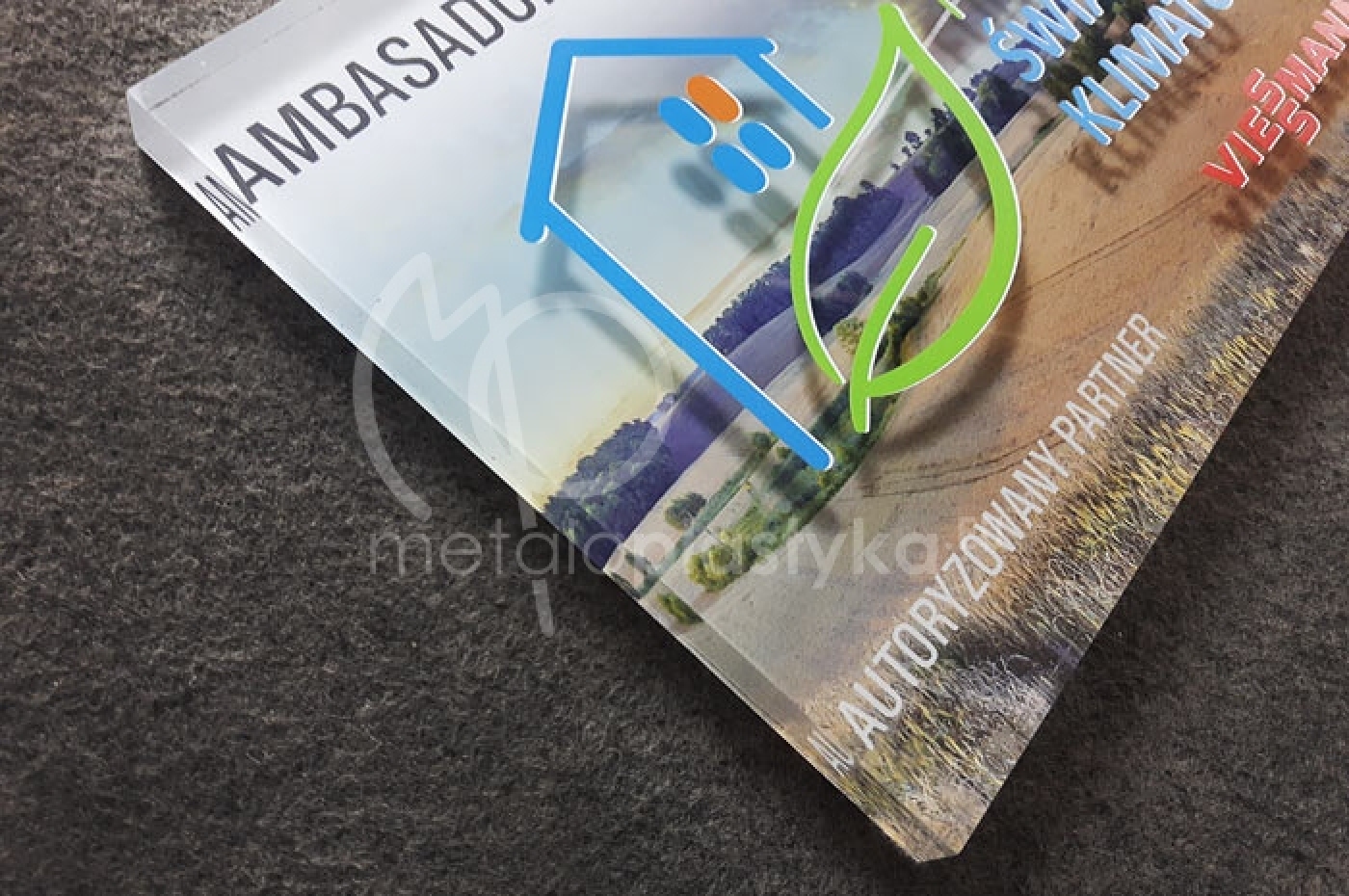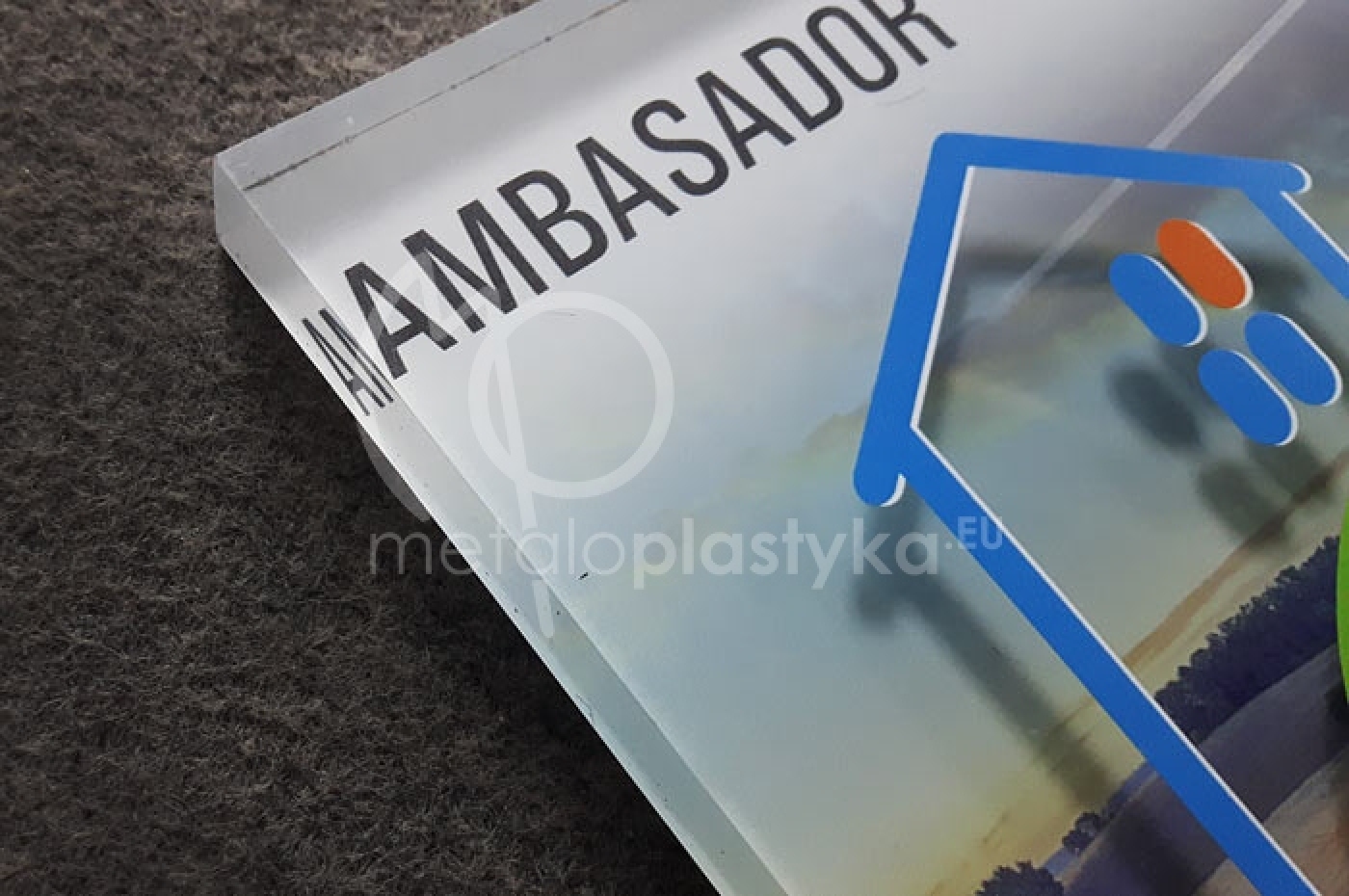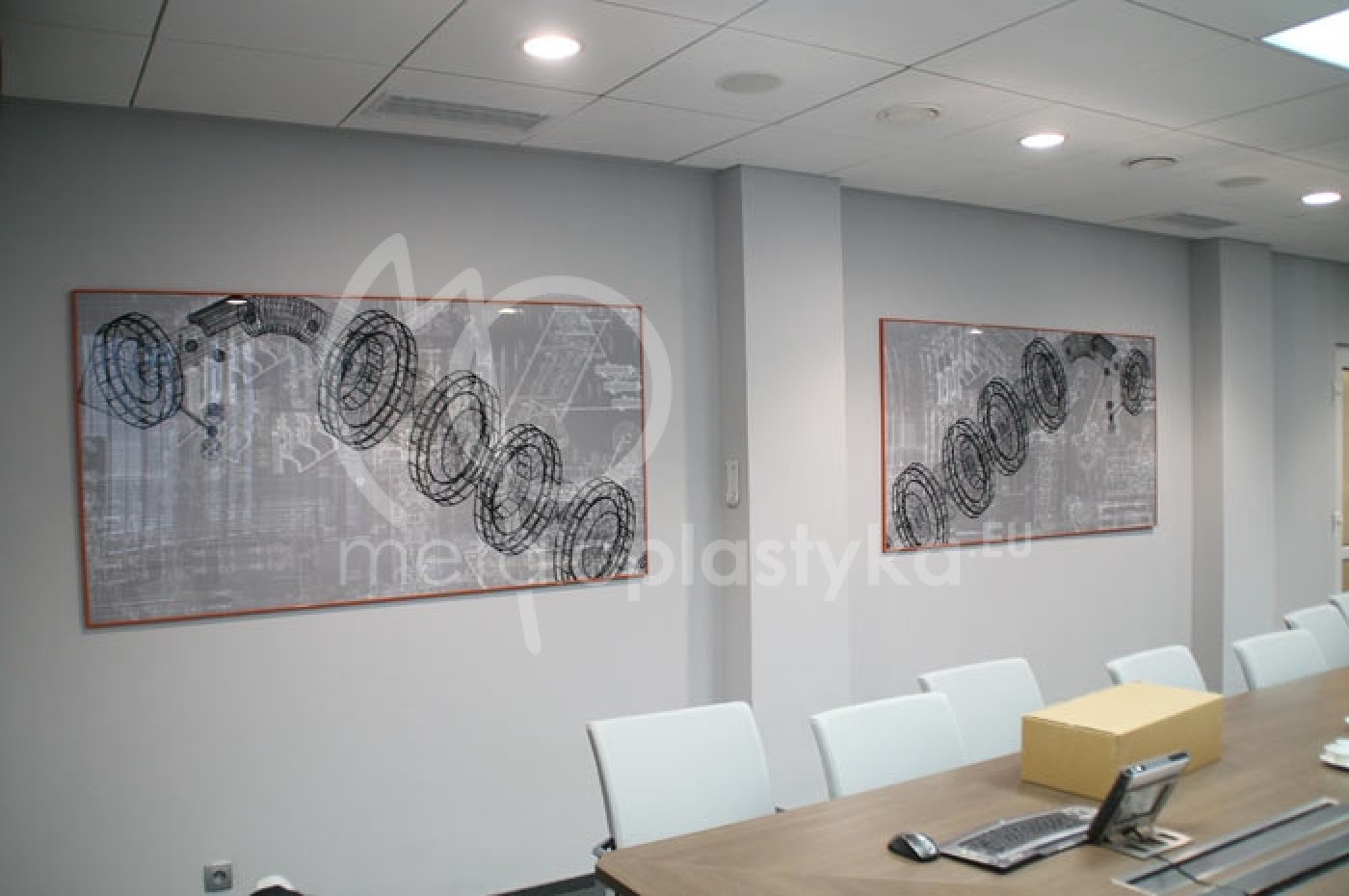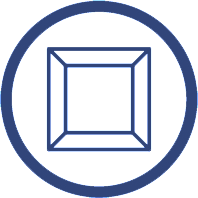Polycarbonate or acrylic panels
Druk UV poliwęglan, plexi, akryl oraz na innych materiałach to nowoczesna technologia, która pozwala na precyzyjne i trwałe nanoszenie grafik na różne powierzchnie. Druk UV na plexi zapewnia wyjątkową wyrazistość oraz odporność na czynniki atmosferyczne. Niezależnie od tego, czy interesuje Cię druk UV na akrylu, PET, czy poliwęglanie, nasza oferta z pewnością spełni Twoje oczekiwania. Sprawdź naszą pełną ofertę i przekonaj się, jak realizujemy nadruk plexi, który wyróżnia się wysoką jakością, trwałością i estetyką. Dzięki technologii UV możemy realizować projekty w różnych kolorach, które zachowają swoje właściwości przez długie lata.
Grubości płyt plexi opal: 1.0 mm, 2.0 mm, 3.0 mm, 4.0 mm.
Grubości płyt plexi bezbarwne (ekstrudowane lub wylewane): 1.0 mm, 1.5 mm, 2.0 mm, 3.0 mm, 4.0 mm, 5.0 mm, 6.0 mm, 8.0 mm, 10.0 mm.
Grubości poliwęglanu litego: 1.0 mm, 1.5 mm, 2.0 mm, 3.0 mm, 4.0 mm, 5.0 mm, 6.0 mm, 8.0 mm, 10.0 mm.
UV prints on acrylic glass (transparent or coloured) or colourless polycarbonate.
We print directly on the panels, on the upper side (the surface) or on the lower side (the print, mirrored, is printed on one side of a transparent panel, and exhibited from the other side, seen through the panel).
Due to material transparency, we print with a white groundprint, under the entire design or under specific areas.
For this reason, there are several types of prints done on transparent materials:
- CMYK + 0 (with no white layer)
- CMYK + 1 x White (one layer of CMYK and one white layer)
- CMYK + 2 x White (one layer of CMYK and two white layers)
- CMYK + 1 x White + CMYK (one layer of CMYK, one white layer and one more layer of CMYK, for lighting up, what is known as Day and Night profile)
- 2 x CMYK + 1 x White (two layers of CMYK and one white layer)
- 0 x CMYK + 1 x White (zero layers of CMYK and one white layer)
- 0 x CMYK + 2 x White (zero layers of CMYK and two white layers)
- 3 x White (zero layers of CMYK and three layers of white)
Each layer of white groundprint can be on the entirety of the print or only in chosen areas.
Acrylic glass can be further processed: milled or cut to shape, fitted with holes, glued with other materials.
Solid colourless polycarbonate can be processed: milled to shape (matt edges), fitted with holes, glued with other materials. Polycarbonate is a much harder material than acrylic, much more damage-resistant, although it will not have glossy edges when cut (as laser-cut acrylic can have).
Available panel thickness:
- 1 mm
- 2 mm
- 3 mm
- 4 mm
- 6 mm
- 8 mm
- 10 mm
Available in various sizes, can be cut down smaller. The most popular sizes are:
- 2050 x 3050 mm
- 1500 x 3000 mm
Possible purposes:
- Indoor and outdoor exhibitions
- advertising
- decorative prints
- memorial plaques
- elements for display cases, screens and walls
- advertising and memorial media
- statuettes
- diplomas
- for mounting in aluminium frames
